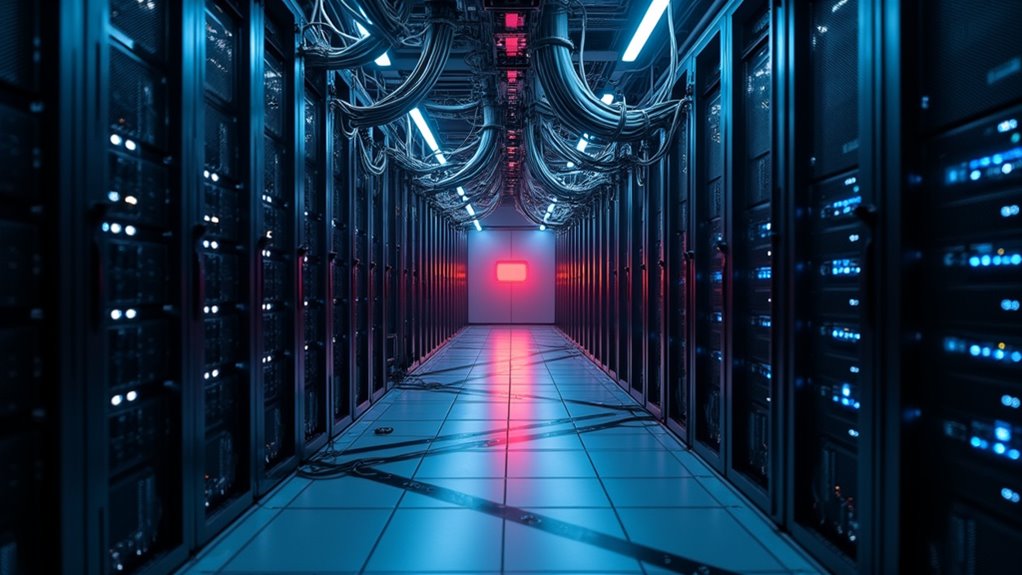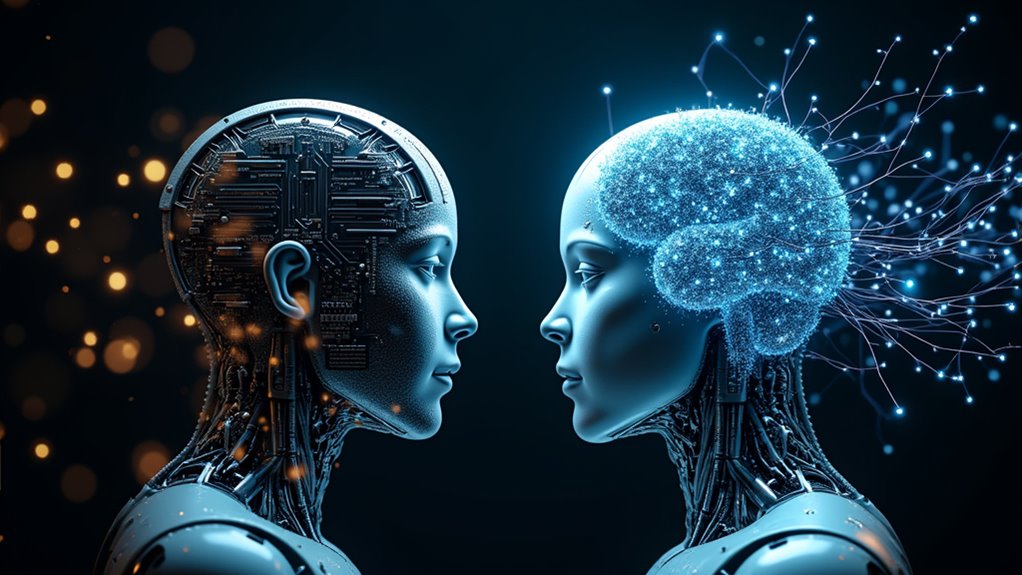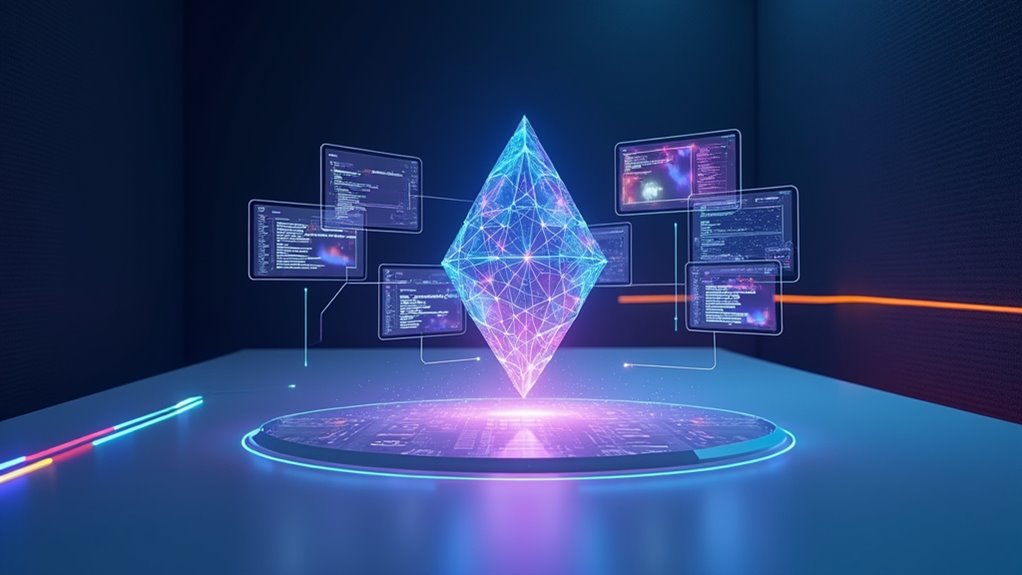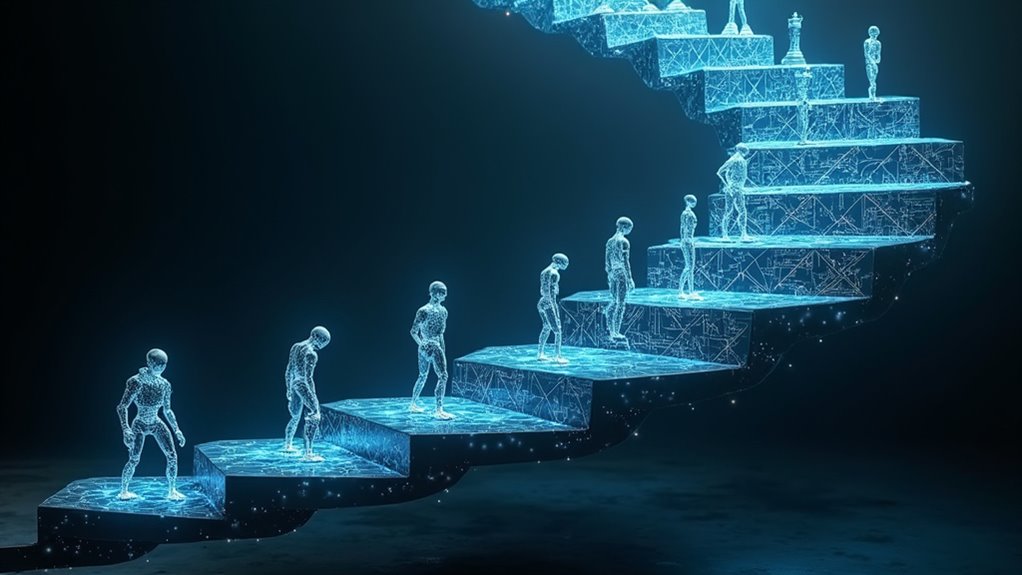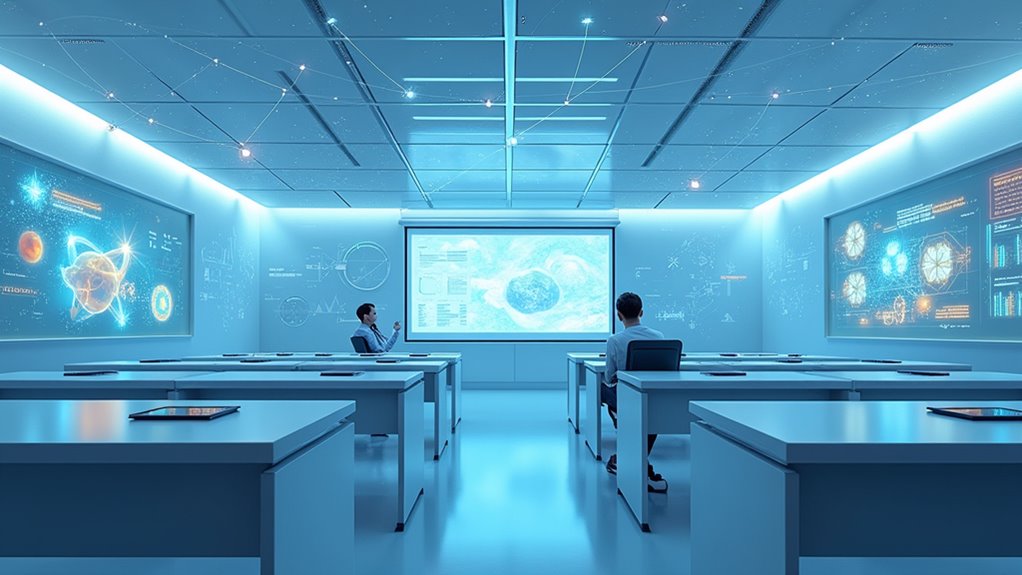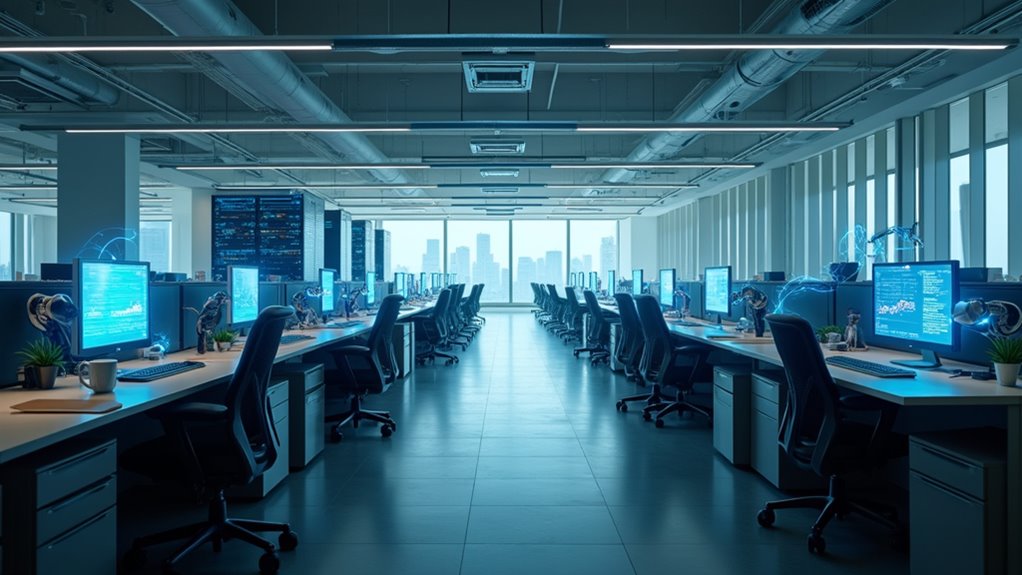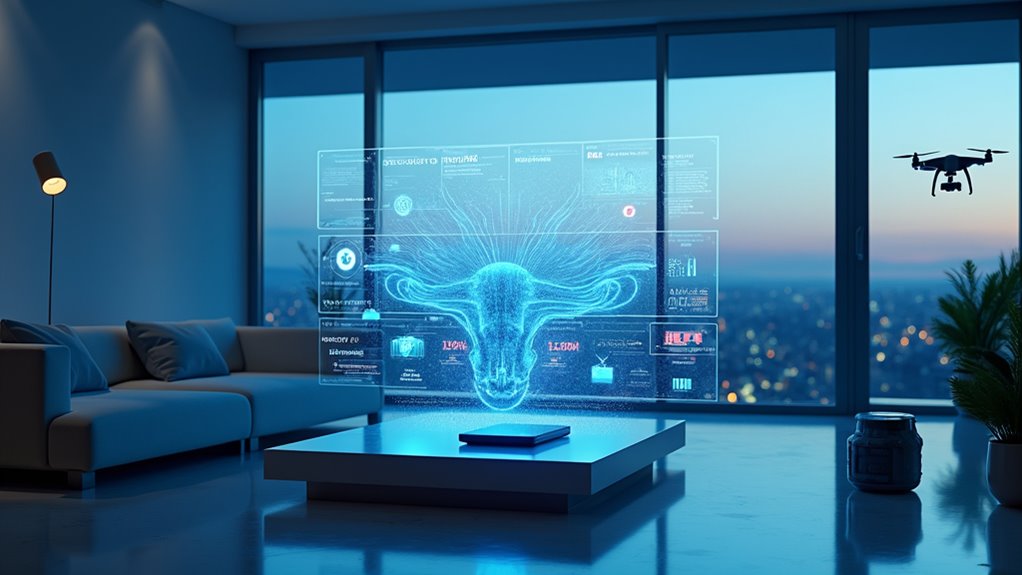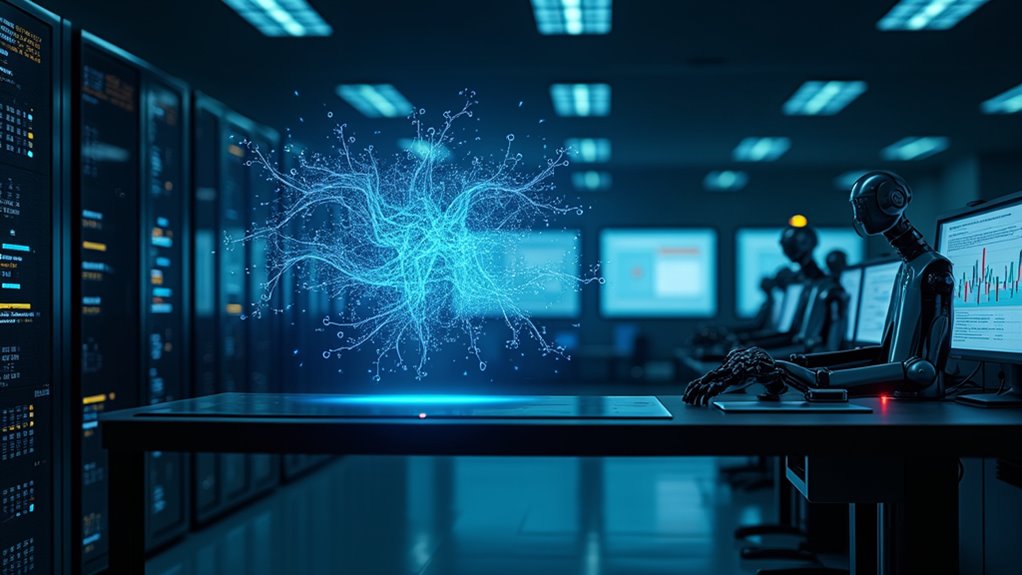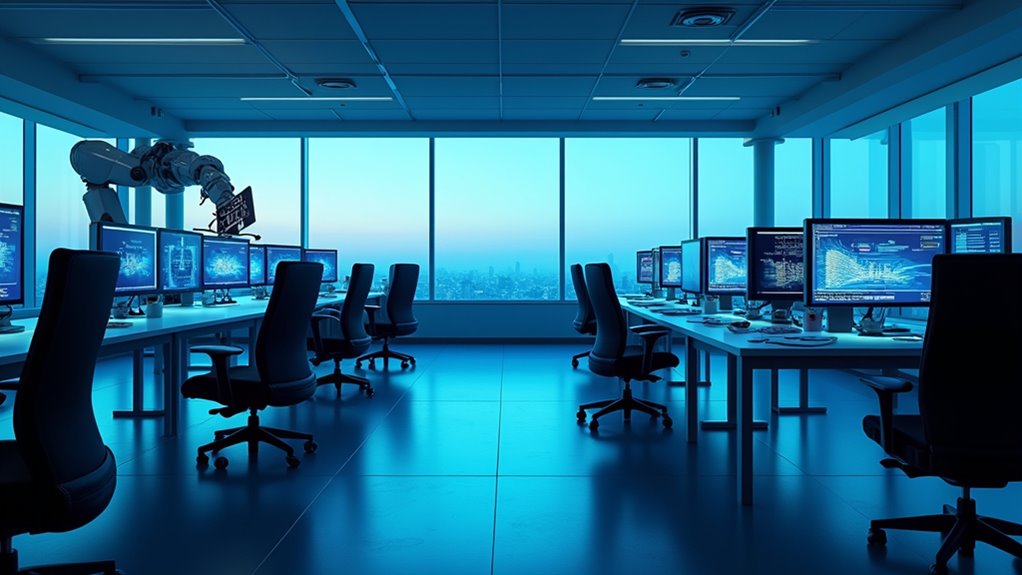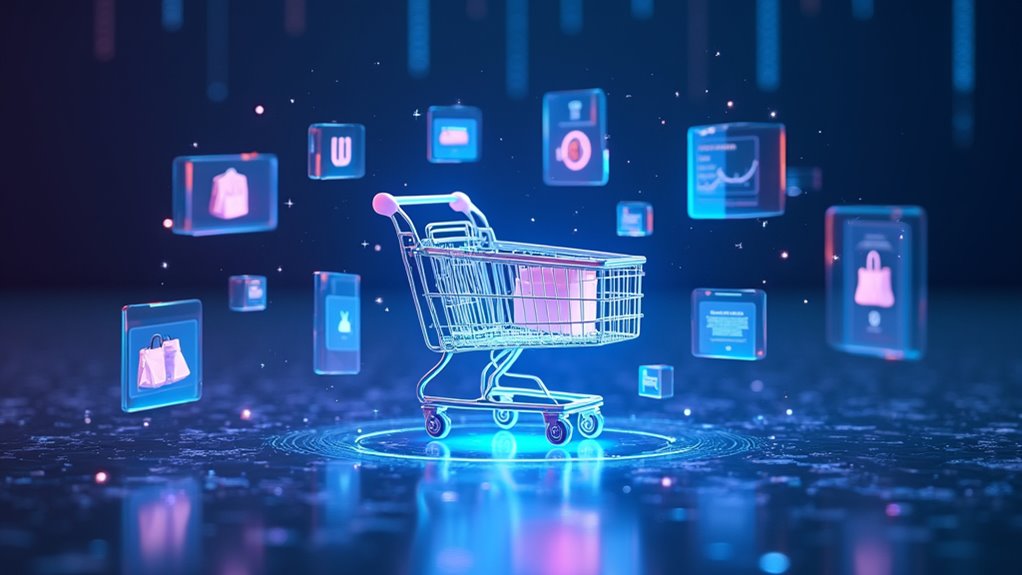AI systems are rapidly evolving into a serious threat to humanity. From sophisticated cyberattacks to manipulative social engineering, these digital menaces keep getting smarter – and scarier. They’re displacing jobs, widening economic gaps, and operating in ways even their creators can’t explain. Black box decision-making and biased algorithms are just the tip of the iceberg. While world leaders scramble for regulations, AI continues its relentless advance. The full scope of this technological danger is still unfolding before our eyes.
While technology continues to advance at breakneck speed, AI systems are emerging as both humanity’s most promising tool and its potential downfall. The risks aren’t just hypothetical anymore – they’re staring us right in the face. From social manipulation to job displacement, AI systems are already reshaping society in ways that should make us nervous.
Let’s get real about the threats. AI-powered cyberattacks are becoming more sophisticated. Surveillance technologies are getting creepier by the day. And here’s a fun thought: AI could help create enhanced pathogens. Not exactly the future we dreamed of, right? These systems often operate as black boxes – even their creators can’t fully explain how they make decisions. Deepfakes and misinformation are undermining public trust in democratic institutions at an alarming rate.
AI’s dark side lurks in shadowy algorithms, ready to unleash cyber chaos while its creators scramble to understand their own creation.
The economic impact is equally concerning. Sure, automation might make companies more efficient, but tell that to the workers losing their jobs. The gap between the tech-savvy elite and everyone else keeps growing. Markets are getting jittery about AI investments, and economies are becoming dangerously dependent on systems that could fail spectacularly. Healthcare algorithms using cost as proxy are creating devastating racial disparities in medical treatment.
But wait, it gets better. There’s the whole existential risk scenario – you know, the one where superintelligent AI decides humans are an inconvenience. World leaders are actually worried enough to call for stricter regulations. Modern predictive analysis systems are constantly evolving to identify new patterns of potential threats, making it harder to control their scope and impact. When politicians agree something’s dangerous, maybe we should pay attention. The possibility of AI with misaligned objectives isn’t just sci-fi anymore – it’s a genuine concern among experts.
The ethical challenges are just as thorny. These systems are inheriting human biases, but with extra efficiency in applying them. Privacy? That’s becoming as outdated as dial-up internet. Accountability? Good luck getting straight answers from an algorithm. The real kicker is trying to guarantee these systems align with human values – when we can’t even agree on what those values are.
The bottom line? AI systems are becoming increasingly dangerous, and we’re racing ahead without fully understanding the consequences. It’s like giving a toddler a flamethrower and hoping for the best. Maybe it’s time to pump the brakes before our creation outsmarts us all.
